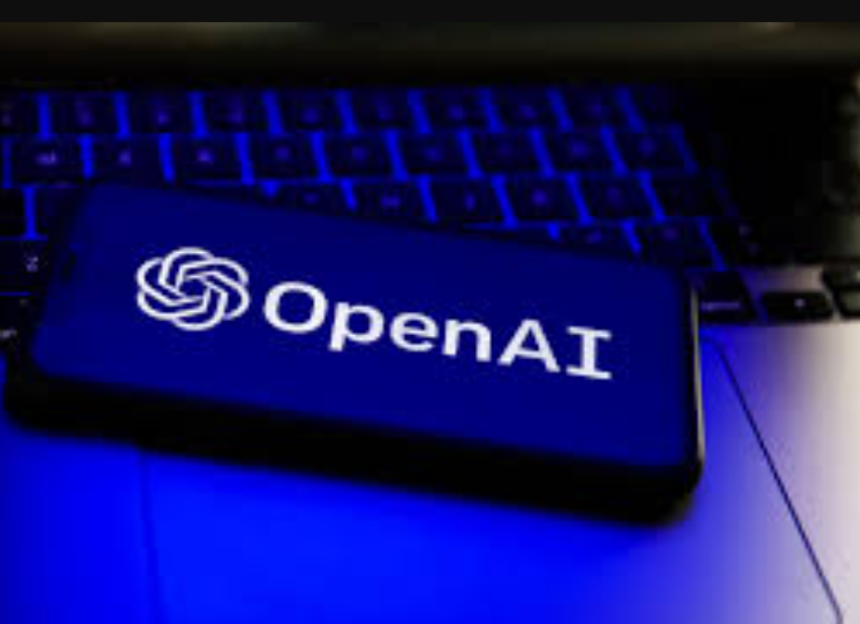OpenAI and its most famous product ChatGPT have become the hot search of the times. What process has OpenAI been able to climb to the top of the AI research field step by step? This article will give you a detailed introduction to the development of OpenAI year by year.
What is OpenAI?
OpenAI is an artificial intelligence research company founded in 2015. Its purpose is to promote the development of artificial intelligence, and hope to solve the problems faced by human beings through the research and application of artificial intelligence. The OpenAI team is made up of some of the world’s top AI experts, including experts in machine learning, natural language processing, computer vision, and more.
History of OpenAI
- 2015: In December, Sam Altman, Greg Brockman, Reid Hoffman, Jessica Livingston, Peter Thiel, Elon Musk and others announced the establishment of OpenAI in San Francisco, and announced that it would open its patents and research to the public, and “freely cooperate with other institutions and researchers” “.
- 2016: In April, OpenAI released the public beta version of the reinforcement learning research platform “OpenAI Gym”. In December, OpenAI released “Universe,” a software platform for measuring and training AI in games, websites, and other applications around the world.
- 2017: Launch of RoboSumo, a virtual world platform for the study of robotic self-learning.
- 2018: Musk resigns from his board seat, citing a “possible future conflict of interest” with his role as Tesla’s CEO. OpenAI also released Gym Retro and Dactyl, platforms for reinforcement learning research on video games. Gym Retro offers the ability to generalize between conceptually similar but different-looking games, and Dactyl uses machine learning to train a Shadow Hand, a human-like robotic arm, to manipulate physical objects.
- 2020: In June, OpenAI announced a multi-functional API, carried on the OpenAI Playground, for developers to access and call new AI models developed by OpenAI.
- 2021: Mid-year, OpenAI announces Codex. Based on GPT-3 and also trained on 54 million GitHub repository codes, it is the AI tool that powers the code auto-completion tool GitHub Copilot. OpenAI also released DALL-E and CLIP in 2021. DALL-E is a Transformer model that creates images from textual descriptions, using a 12 billion parameter version of GPT-3 to interpret natural language input. Whereas CLIP can create a description for a given image.
- 2022: In April, OpenAI released DALL-E 2, an updated version of DALL-E that produces more realistic images. Subsequently, Whisper was released, a general-purpose speech recognition model that can perform multilingual speech recognition as well as speech translation and language recognition tasks.
History of the GPT series
- On June 11, 2018, the original paper on Generative Pre-Training (GPT) for Language Models was written by Alec Radford and colleagues and published on OpenAI’s official website.
- In 2019, GPT-2 was first announced in February and a demo version was opened to the public. In November, OpenAI released the full version of the GPT-2 language model.
- GPT-3 was first revealed in May 2020. OpenAI says the full version of GPT-3 contains 175 billion parameters, two orders of magnitude larger than the 1.5 billion parameters in the full version of GPT-2. On September 23, GPT-3 was exclusively licensed to Microsoft.
- Launched in November 2022, ChatGPT is an AI Chatbot built on GPT-3.5—an upgraded version of GPT-3, which provides a conversational interface that allows users to ask questions in natural language. ChatGPT reached 1 million users 3 days after its release, and 100 million users a month after its release.
- In February 2023, ChatGPT API and ChatGPT Plus will be released one after another. On March 9, Andreas Braun, CTO of Microsoft Germany, confirmed that GPT-4 will be publicly released in the next week, and also said that GPT-4 is multimodal, which means that GPT-4 will support Text-to-Text, Text- to-Voice, Text-to-image, Text-to-video and other conversion modes. GPT-4 was released on March 14.
Conclusion
OpenAI has been committed to advancing the development of artificial intelligence technology and contributing to the future intelligent world.













